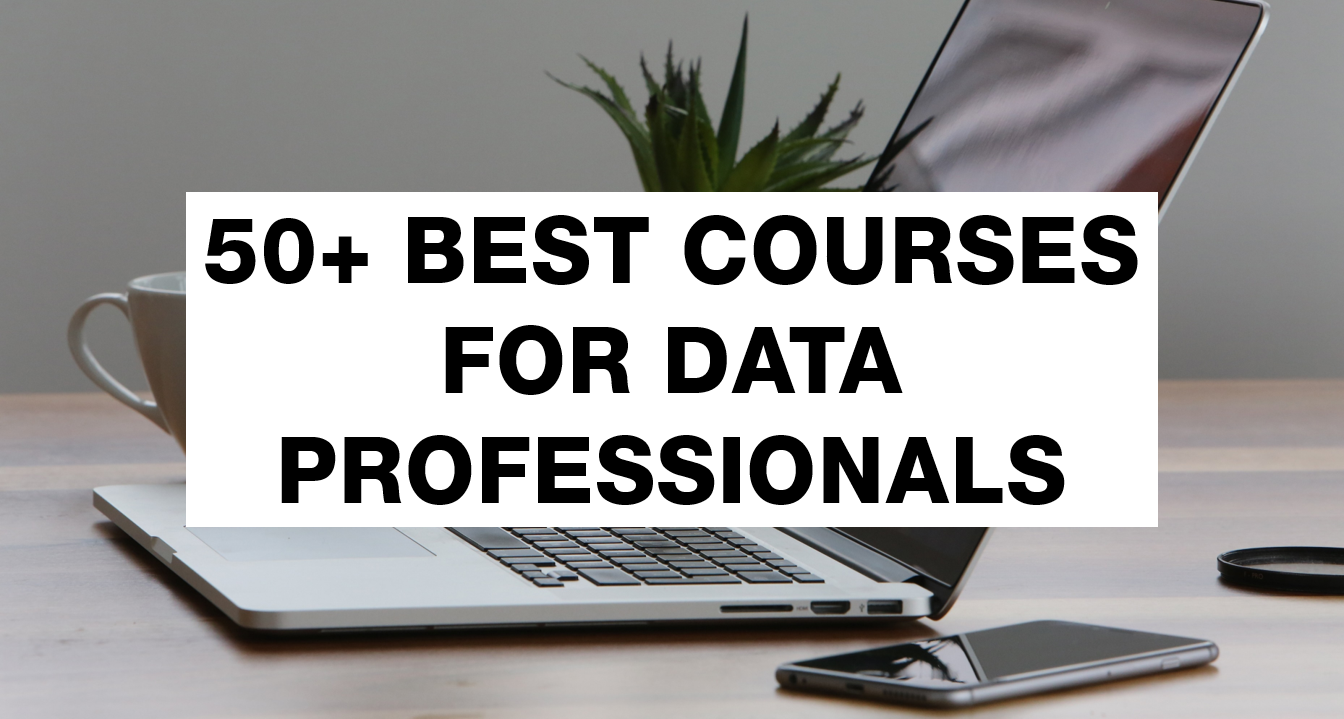The artificial intelligence market will grow from $94 billion in 2021 to $998 billion in 2028. As of today, most businesses hire Data Scientists to perform a bulk of work related to artificial intelligence to improve business performance and create new products.
In this article, I’ll go over 20 data science use cases in 5 categories that many businesses are using today.
MARKETING
1. Anomaly Detection
This involves identifying steep downswings and upswings in sales data as they occur. Building an automated anomaly detection system would help a company to quickly address problems and opportunities that affect its bottom line.
This use case could also apply to other business functions like manufacturing and supply chain management.
2. Image Classification
This involves creating algorithms that automatically classify images of products based on the attributes of those products such as colors, product types, and so on. In the long run, this can be less time intensive and more accurate than manually classifying hundreds or thousands of images in a company’s database.
3. Recommending Products To Website Visitors
A company could capitalize on cross-sell and upsell opportunities by recommending products based on the search behavior, past buying behavior, and attributes of website visitors. A recommendation system would give customers and website visitors a clearer idea on what offerings can best fit their needs.
Amazon is the most obvious example of a company that uses this approach.
Additionally, some chat bots have this capability to a certain extent and they can work on both websites and social media accounts.
4. Forecasting
This involves forecasting metrics such as sales, # of orders, profits, products sold, and so on to enable a clearer idea of where those metrics could land in the next several months or couple of years in an organization.
5. Identifying Drivers Of Positive And Negative Outcomes
Manual techniques to find drivers of sales trends can be inconsistent and time-consuming. Using automated methods to identify factors that drive positive and negative outcomes can give companies a clearer idea on how to maximize their success. Examples of metrics this approach could apply to include sales, # of orders, profits, and so forth.
This could also apply to other business functions like manufacturing and supply chain management.
6. Developing Chatbots
Customer service reps for companies often invest too much time answering frequently asked questions. And sometimes, distributing a FAQ sheet isn’t convenient from a customer’s point of view.
A chatbot can answer many types of questions based on the data you feed to it. Additionally, they can recommend products and services to customers and direct them toward making optimal buying decisions. Chatbots can integrate with websites, social media accounts, CRM software, and smartphone texting systems.
There are already multiple, high-quality chatbots on the market that companies can simply buy and customize. But, some companies have unusual integrations of software and unique company objectives that may necessitate the need for a data scientist or developer to create a chatbot from scratch.
CUSTOMER RELATIONSHIP MANAGEMENT
7. Customer Acquisition
This involves tracking the probabilities of prospective customers buying a company’s products based on current and past customers with similar behaviors and attributes. This helps companies calibrate and maximize the success of their customer acquisition strategies.
8. Customer Segmentation & Clustering
Many companies use manual methods to segment their customers based on characteristics like price points, survey results, geographic areas, industries, and so forth.
Using clustering techniques can help companies segment customers based on factors that are more difficult to pinpoint such as behavioral patterns. Using this approach enables companies to apply personalized marketing and sales strategies to each customer segment.
9. Customer Sentiment Analysis
This involves using modern Natural Language Processing & sentiment analysis approaches to analyze text data such as customer feedback, social media posts, call center records, product reviews, written survey results, and more. This helps companies understand their customers’ buying preferences and motivations at a deeper level.
10. Customer Journey Optimization
A typical customer journey has 5 phases: awareness, consideration, purchase, retention, and advocacy.
Customer Journey Optimization involves analyzing the typical sequences of events that take customers from becoming aware of a company and its offerings and then buying those offerings. Just as important, it involves identifying the weak points in a customer journey that prevent customers from moving forward and buying from a company. Those weaknesses can include ineffective marketing campaigns, miscommunication, technology not working properly, and so forth.
11. Customer Lifetime Value Prediction
This involves estimating the total amount of money a customer is likely to spend with a company over the entire customer and company relationship. This is achieved by analyzing the lifetime values of customers with similar attributes and behaviors in the past.
12. Customer Churn Prevention
This involves identifying customers that are most likely to end their relationships with a company. Data science can help companies find behavioral patterns so that those companies can proactively address their underlying concerns.
13. A/B Testing
This is the process of comparing two versions of a web page, email, or other marketing asset and measuring the difference in performance. Conducting A/B tests can greatly maximize the return on investment from marketing campaigns, product launches, and so forth. They can also help companies understand the preferences of customers at a deeper level.
There are already a high number of automated tools that can handle this, but some companies deal with unique factors that other companies do not, and they may need a data scientist to create a custom a/b testing algorithm from scratch.
PRODUCTS
14. Market Basket Analysis
This involves identifying products and SKUs that are most frequently ordered together. This data can help companies recommend products and SKU combinations to customers based on purchases made by other customers in the past.
15. Product Life Cycle Phase Forecasting
Every product has a life cycle phase associated with it. Those phases typically include introduction, growth, maturity, and decline.
Forecasting product life cycle phases helps companies to predict when a product might stop growing in sales and when that product might begin to decline in its life cycle phase. These types of forecasts are made based on the life cycles of similar products in the past in a company.
FINANCE
16. Price Optimization
This involves analyzing multiple price and volume levels of products to determine what prices would most likely maximize sales and profits.
17. Fraud Detection
This use case is most common in the financial industry and other industries that require considerable government oversight. This involves using algorithms to detect instances of fraud including fake profiles, unusual financial transactions, theft, and so forth.
MANUFACTURING, PLANNING, & SUPPLY CHAIN MANAGEMENT
18. Inventory Optimization
The costs associated with inventory storage can be astronomical in some companies. Using modern optimization & demand forecasting techniques could lead to a dramatic reduction of costs. This approach can involve a combination of programming skills, lean six sigma knowledge, and applied statistics knowledge.
19. Supply Chain Optimization
This involves optimizing shipment routes, decreasing process times, and predicting delivery times. Using optimization & demand forecasting techniques can automate this effort considerably and introduce a new level of standardization.
20. Process Improvement
Determining the factors that most contribute to process time deviations can be inconsistent and labor-intensive. Modern advanced analytics techniques can considerably automate and standardize this effort.


